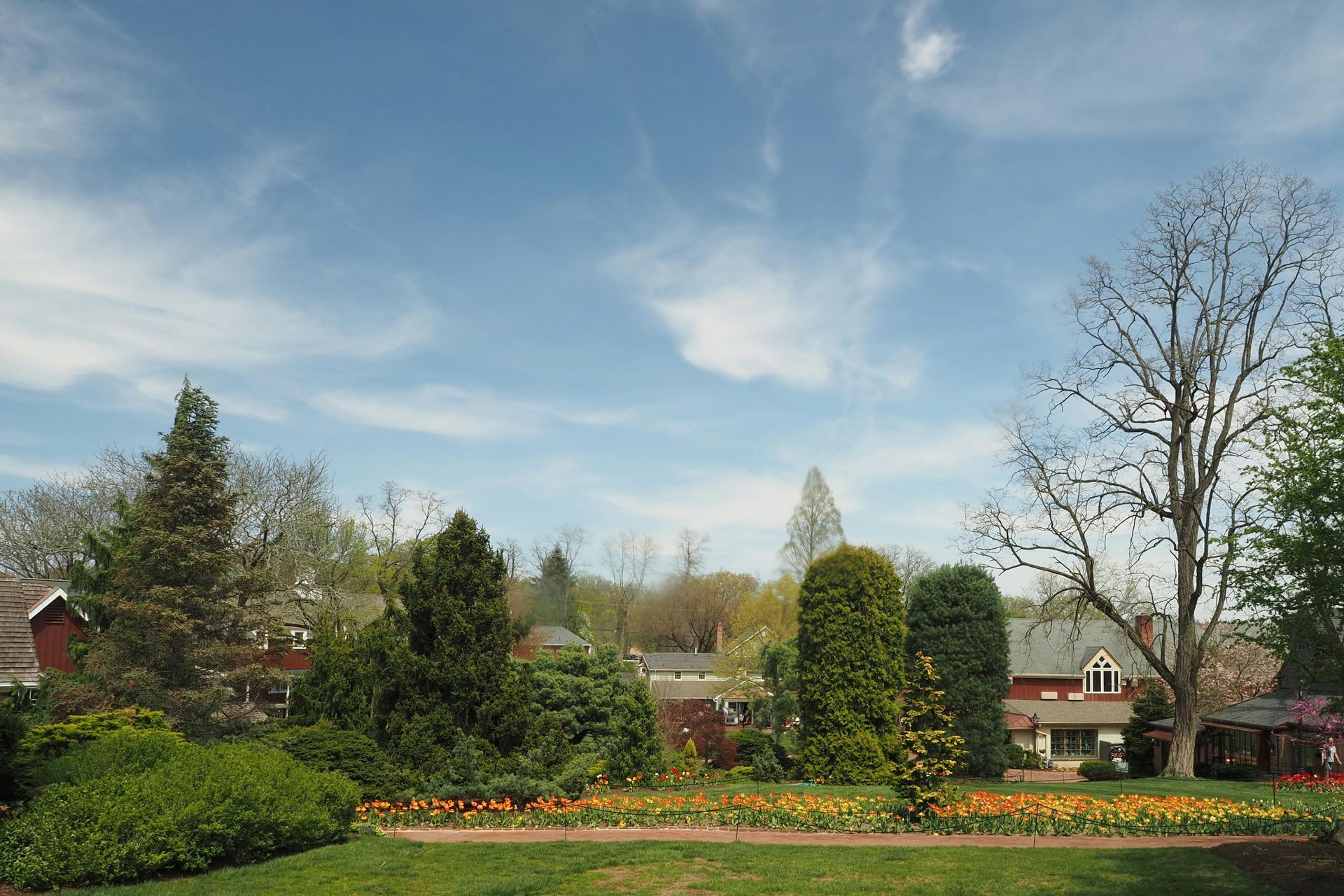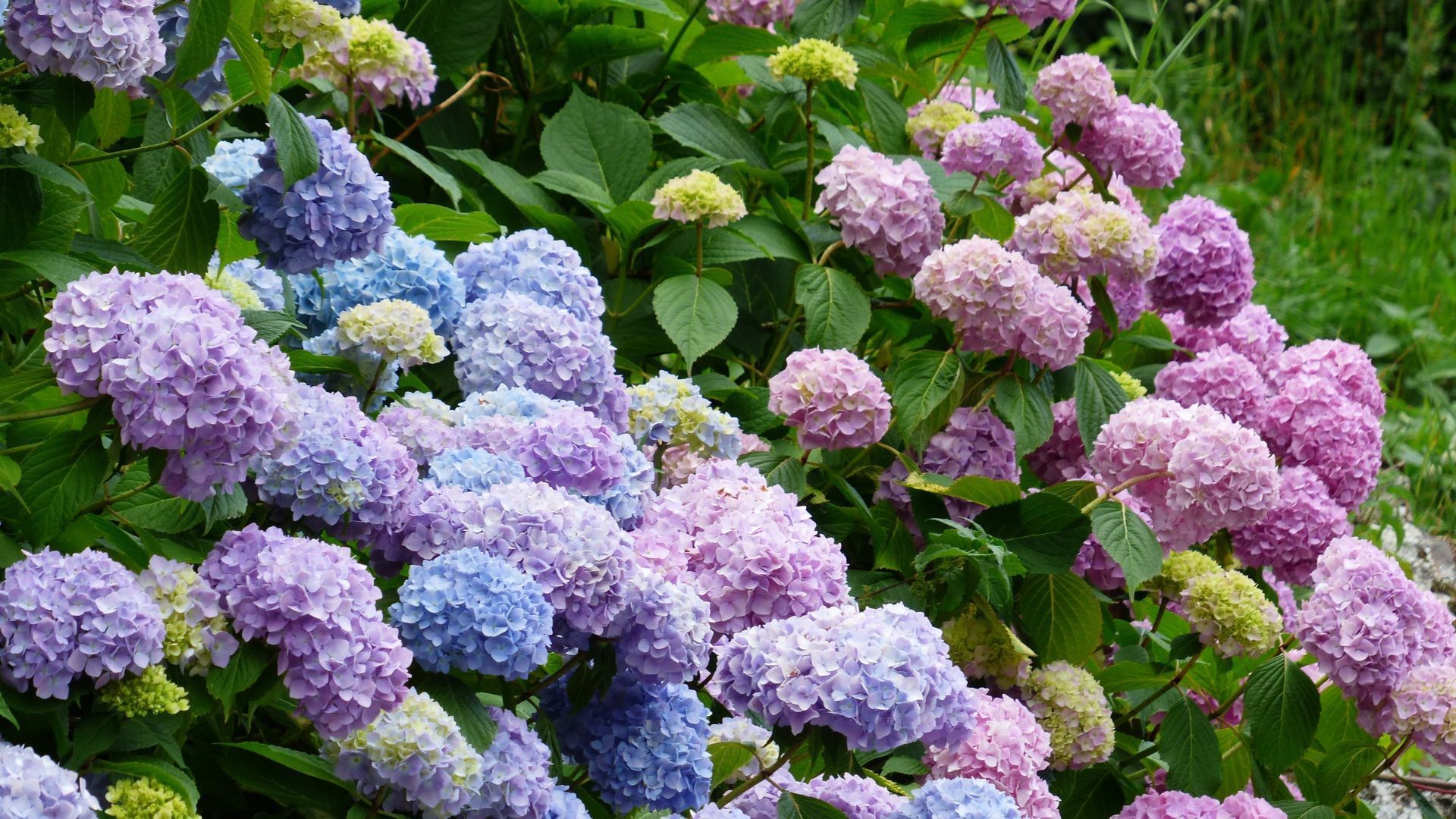The Pros & Cons of Installing a Green Roof
Our modern age is characterized by the overwhelming presence of urbanization and stark concrete landscapes. We are growing ever separated from the natural world, so the emergence of green roofs and living walls serves as a much-needed reconnection with nature. These innovative architectural features not only enhance the aesthetic appeal of our surroundings but also provide numerous social, individual, and environmental benefits. By integrating these natural elements into our built environment, we can create more sustainable and healthier urban spaces for current and future generations.
What is a Green Roof?
A green roof, also known as a living roof, is simply a roof of a building that is partially or completely covered with vegetation.
The construction of a green roof typically involves several key components, including high-quality waterproofing to protect the building from water damage, a root-repellent system to prevent plant roots from damaging the roof structure, a drainage system to manage excess water, filter cloth to prevent the growing medium from washing away, a lightweight growing medium to support plant growth, and a selection of suitable plants for the local climate and environment.
Green roofs can be installed using modular systems, where pre-planted trays are laid onto the roof, or built-up systems, where the components are installed layer by layer.
Advantages of Installing a Green Roof
1. Supports local biodiversity
Green roofs support wildlife and create a healthy habitat, attracting birds and other wildlife. They sustain various plants and invertebrates, providing a habitat for different bird species. Increasing biodiversity positively affects ecosystems, the economy, and society. Each green roof supports varying habitats, largely dependent on the type of vegetation included. In fact, a recent survey in Switzerland found over 170 separate species in a study of 11 green rooftops.
2. Greater energy efficiency
Green roofs improve energy efficiency by providing insulation and reducing the need for air conditioning. The plants on the roofs absorb the sun's energy, lowering temperatures in summer and improving thermal efficiency in winter, which can reduce CO2 emissions and demand on power plants.
3. Increases the lifespan of the roof
A rooftop faces constant exposure to the elements and needs to withstand wind, rain, ultraviolet light, and fluctuating temperatures. Green roofs can double or triple a rooftop's lifespan by protecting the waterproof membrane and ensuring longevity for decades.
4. Improves the drainage system
Green roofs play a crucial role in water management by effectively storing and retaining precipitation, thereby reducing stormwater runoff and alleviating pressure on sewer systems. Sustainable drainage is essential for managing excess rainfall and reducing flooding risk impacted by urban development. Green roofs provide a suitable solution by storing water in plants and substrates and gradually releasing it back into the environment. Additionally, they serve as natural filters for runoff and contribute to moderating water temperature, further enhancing their environmental benefits.
5. Improves health and well-being
The presence of green roofs can lead to reduced pollution and improved water quality, which in turn can lower the demand for healthcare. Green roofs also function as community hubs, promoting social cohesion, a sense of community, and public safety. Furthermore, several studies have demonstrated that being close to natural elements like plants and wildlife can have a positive impact on our mental health.
6. Aids air quality
As you would expect, air pollution is a greater problem in urban areas, especially the larger cities. The plants on green roofs can capture airborne pollutants, atmospheric deposition, and filter noxious gases. Green roofs can also help reduce the distribution of dust and particulate matter throughout the city, as well as the production of smog. This can play a role in reducing greenhouse gas emissions and adapting urban areas to a future climate with warmer summers.
7. Diverts waste from landfills
Green roofs can contribute to landfill diversion by prolonging the life of waterproofing membranes, reducing associated waste, and using recycled materials in the growing medium and protective layers.
8. Balances the urban heat island effect
Covering some of the hottest surfaces in urban environments, such as black rooftops, with plants helps to reduce the Urban Heat Island (UHI) effect. The plants absorb light, preventing it from turning into heat on built surfaces, which ultimately lowers overall temperatures in urban areas.
9. Reduces noise pollution
Green roofs provide excellent noise reduction, particularly for low-frequency sounds. This feature is especially desirable in urban environments where noise pollution is prevalent.
10. Promotes urban agriculture
Utilizing green roofs for urban agriculture projects can help decrease a community's environmental impact by establishing a local food system. These initiatives can empower the community, foster self-reliance, and enhance nutrition.
Disadvantages of Installing a Green Roof
The advantages of having a green roof are plenty, but there are a few drawbacks you should consider before investing.
1. Requires additional maintenance
Maintaining a green roof is essential for creating a thriving environment. Just like a garden, it requires regular watering, feeding, and weeding. Whether you choose to do it yourself or hire someone, staying on top of maintenance is crucial for preserving this beautiful green space.
2. Increases structural requirements
Green roofs are undeniably heavier and require additional structural support for installation. The addition of a green roof will increase the load by a significant number of pounds per square foot on an existing rooftop. While some rooftops may need to be retrofitted to accommodate the added weight, fortunately, flat roofs are often able to handle this capacity.
3. Costs more than a traditional roof
Green roofs are, unfortunately, slightly more expensive than traditional options. This is largely due to the additional support required to handle the increased load. However, despite the higher initial cost, green roofs make up for the investment over time.
Conclusion
The advantages of having a green roof are numerous and significant. Green roofs provide better insulation, reduce stormwater runoff, improve air quality, and create habitats for wildlife. In addition, they can lower energy costs, extend the lifespan of the roof, and enhance the aesthetic appeal of the building. In exchange for these benefits, however, you do pay more in upfront costs and structural supports.
The installation of a green roof warrants serious consideration due to these compelling benefits. These roofs are a common sight in many other European countries, and now is the opportune time to take proactive steps to embrace and benefit from this beautiful and sustainable environment here in the States.
Check out the latest...








